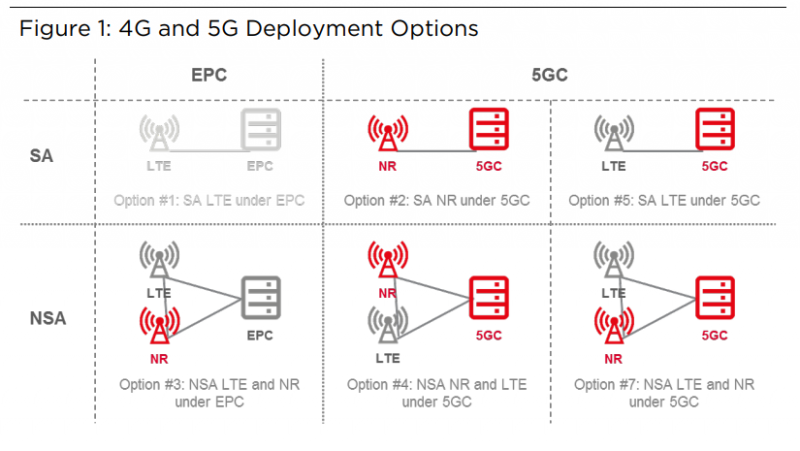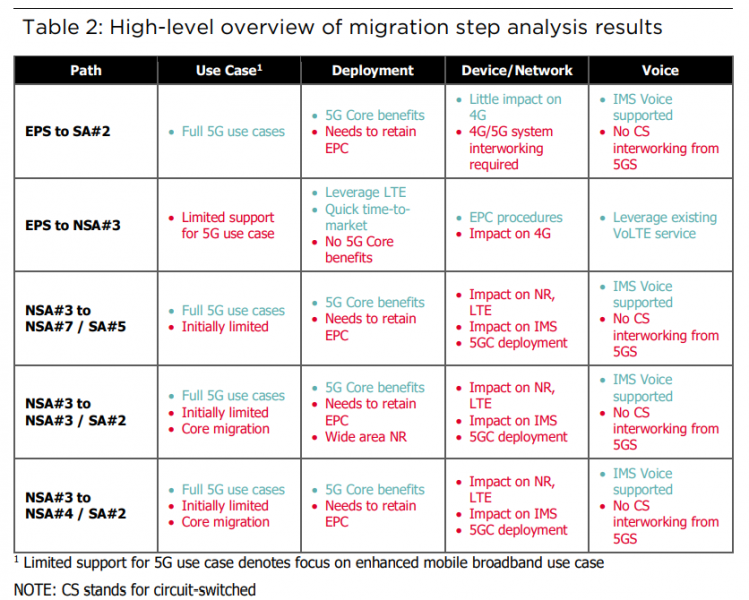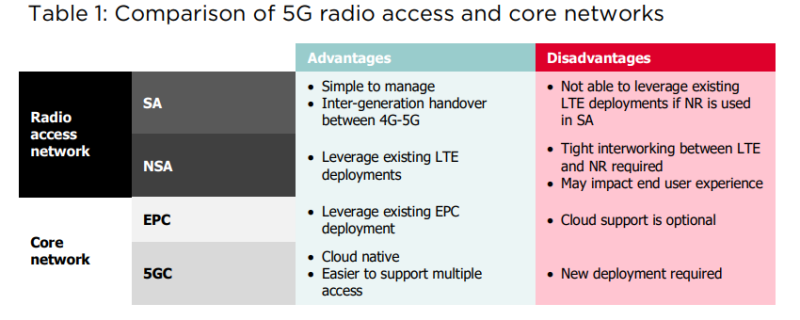Unlike previous generations of mobile networks, the fifth generation (5G) technology is expected to fundamentally transform the role that telecommunications technology plays in society. 5G is also expected to enable further economic growth and pervasive digitalisation of a hyper-connected society, where not only are all people connected to the network whenever needed, but also many other devices/things virtually create the society with everything connected (i.e., Internet of Everything). 5G will therefore enable new use cases such as smart cities, smart agriculture, logistics, and public safety agencies. Furthermore, there are a variety of spectrum bands available for deployment of 5G, which can be sub-divided in three macro categories: sub-1GHz, 1-6GHz and above 6GHz. In addition, 3GPP (3rd Generation Partnership Project) has specified new 5G radio access technology, 5G enhancements of 4G (fourth generation) network, and a new 5G core network.
The variety of requirements and spectrum needs shows that there are many options for 5G introduction, and different spectrum bands will be needed to support all use cases. Operators must therefore consider the feasibility of different options in meeting their intended initial use cases and interoperability of their choice with other options to ensure their networks deliver the use cases effectively while supporting global interoperability. This document therefore analyses the alternatives available for operators intending to introduce a 3GPP-compliant 5G system migrating from their 3GPP 4G network. The structure of the document is as follows: Part I provides a high-level description of the 5G introduction and subsequent migration along with recommendations for collaborative actions, while Part II delves into a real operator case study, and Part III provides advanced technology considerations requiring a reasonably advanced level of understanding of the 3GPP system.
While 3GPP is defining both a new 5G core network (5GC) as well as a new radio access technology called 5G “New Radio” (NR), it is possible to integrate elements of different generations in different configurations with 5G: SA (standalone) and NSA (non-standalone). SA scenario uses only one radio access technology (5G NR or the evolved LTE (Long Term Evolution) radio cells) and the core networks are operated alone. NSA scenario combines NR radio cells and LTE radio cells using dual-connectivity to provide radio access, and the core network may be either EPC (Evolved Packet Core) or 5GC (see Table 1 for details).
Consequently, five deployment options are available for 5G as depicted in Figure 1. Red colour denotes NR and 5GC.
NOTE: For simplicity, the figure does not depict control and user plane connections.

As there can be multiple paths to reach the final target configuration that an operator intends to deploy, it is essential to consider migration steps that would comprise different paths. This document analyses the following migration steps that the 5G Introduction project group members believe are more likely.
- EPS (Evolved Packet System) to SA Option #2
- EPS to NSA Option #3
- NSA Option #3 to NSA Option #7 and SA Option #5
- NSA Option #3 to NSA Option #3 and SA Option #2
- NSA Option #3 to NSA Option #4 and SA Option #2
The analysis of the paths (see Table 2) takes four perspectives.
First, the feasibility of use case refers to the ability of the path to address 5G use cases.
Second, deployment considerations consider the support for early 5G devices and core network & radio access network deployment considerations of the migration step (i.e., the core network solution adopted as a result of the path and the extent of leveraging existing LTE deployment).
Third, the impact on the device and network considers the impact of the migration step on the device and network.
Finally, impact on voice service, including service continuity, refers to the ease of voice service provisioning and continuity offered by the migration step.

The availability of options and migration steps indicates that the mobile industry needs to respect the needs of different operators to follow different migration strategies with some degree of divergence. Nevertheless, customers and the wider industry will be able to benefit as a whole if the following collaborative actions are taken by operators in order to guarantee service continuity, services, and network interoperability, and to unlock economies of scale.
- Global profile for the industry to address
- Basic connectivity of devices to a 5G network (including interoperability between 5G and LTE networks)
- IMS (IP Multimedia Subsystem) services delivered over NR
- Support roaming to/from networks with the same/different 5G deployment option
- Global issue registry and resolution group that receives issues encountered during 5G commercialization and collaboratively resolves the issues.
Find the full document at: https://www.gsma.com/solutions-and-impact/technologies/networks/wp-content/uploads/2018/04/Road-to-5G-Introduction-and-Migration_FINAL.pdf



.jpg)



